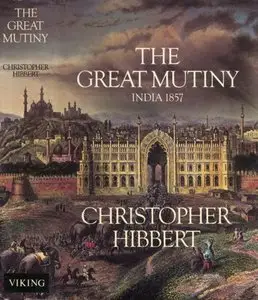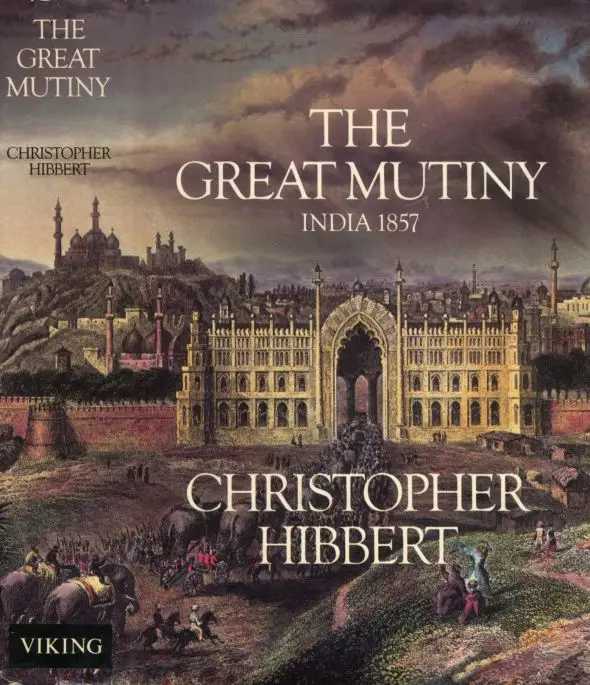Christopher Hibbert, "The Great Mutiny: India 1857"
The Viking Press | 1978 | ISBN 0670349836 | 472 pages | PDF | 185, 134 MB
The Viking Press | 1978 | ISBN 0670349836 | 472 pages | PDF | 185, 134 MB
Christopher Hibbert is an outstanding author of popular, readable, histories that span a diverse continuum of civilizations and time periods. In The Great Mutiny: India 1857 he tackles a black period in British Colonial rule in India. In 1857, three regiments of Indian troops mutinied, sparking a revolt that resulted in the slaughter of countless British residents in India. Those slaughtered included not only British soldiers and Colonial overlords, but also scores of women and children who were caught up in the conflagration. In this work, Hibbert expertly chronicles the causes of the mutiny, the course it took, and its aftermath.
Hibbert candidly, and vividly, recounts the events that gave rise to the discontent which erupted with such murderous rage. He also vividly offers the reader a glimpse of what life was like for the British in India, before the mutiny, and what is was like for them while it was going on. However, this is not simply an account of the events or an impersonal look at colonial rule. Hibbert is a masterful story teller, and in this work, he describes the mutiny though the eyes of those who witness it - from both sides of the conflict.
The Great Mutiny, which is also known as the Sepoy Rebellion, was a horrific event for the British. It also served to lay the seeds that were to result in India's independence from the British. In this work, Hibbert does not discuss how this mutiny gave rise to the Indian independence movement. In many regards, this book is slanted toward the British point-of-view, in part out of sympathy for the hundreds of British women and children that were slaughtered in numerous massacres such as the one that occurred in the city Cawnpore. During this massacre, hundreds of women and children where dismembered, and their bodies stuffed into a well. This event occurred in the early days of the mutiny. And, as Hibbert points out, triggered seemingly endless revenge attacks by the British, which only served to inflame the anger of the Indian's, who in turned killed even more British civilians. The atrocities committed by both sides did not subside until the mutiny was put down in 1858.
This book tends to concentrate on the British side of the conflict for the simple fact that not much was written about the event by the Indian's. Consequently, Hibbert was forced to base most of this work on British sources which, understandably have a British bias. Nonetheless, he has tried to be careful to presents both sides of the picture. In addition, he candidly points out that both sides were in the wrong, and both sides senselessly slaughtered thousands.
In this account, Hibbert's focus is not on the military or political machinations that engulfed the conflict, but upon the people that participated in it. He has based his research upon scores of letters, diaries, and other first hand accounts of the mutiny, as well as on a score of military and government documents. He has combined this information to weave an eminently readable account of the Great Mutiny. However, his account can be a bit graphic at times, which some readers may find unsettling.
RapidShare1
RapidShare2



